Living Fossils: Horseshoe Crabs
Horseshoe crabs are known as living fossils as they have been around for the past 400 million years. They have undergone little morphological evolution for at least 200 million years.
They are not true crabs, but are closely related to scorpions and spiders. There are four species of horseshoe crabs in the world, two of which can be found in Singapore the Mangrove Horseshoe Crab (Carcinoscorpius rotundicauda) and the Coastal Horseshoe Crab (Tachypleus gigas).
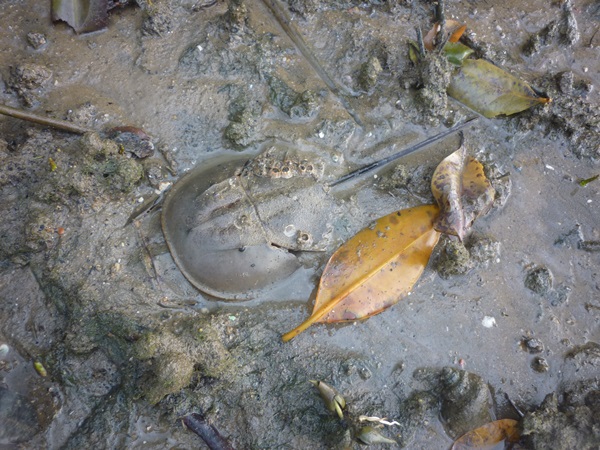
A pair of Mangrove Horseshoe Crab (Carcinoscorpius rotundicauda) mating. The female buries itself in the mud while the male clings on the top of the female.
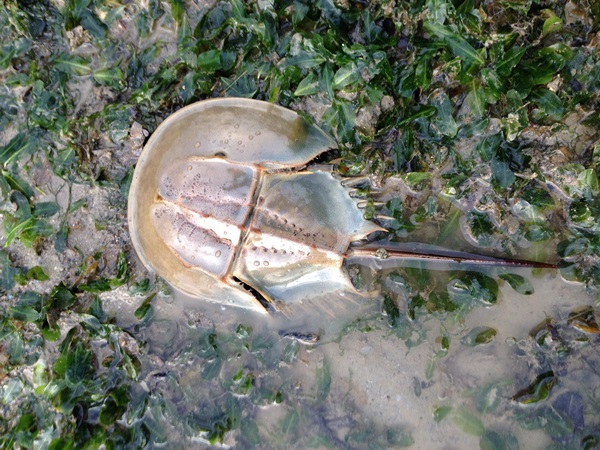
Moult of Coastal Horseshoe Crab (Tachypleus gigas). Such moults are often found at beaches during low tide.
Habitats
Horseshoe crabs require different habitats at different stages of their lifecycle. The mangrove horseshoe crabs (Carcinoscorpius rotundicauda) are often found buried in the mudflats when the tide recedes while coastal horseshoe crabs (Tachypleus gigas) move out with the tide.
During breeding season, both species of horseshoe crabs remain on the mudflat or sandflat to lay their eggs at a shallow depth where the sand is porous and well-oxygenated.
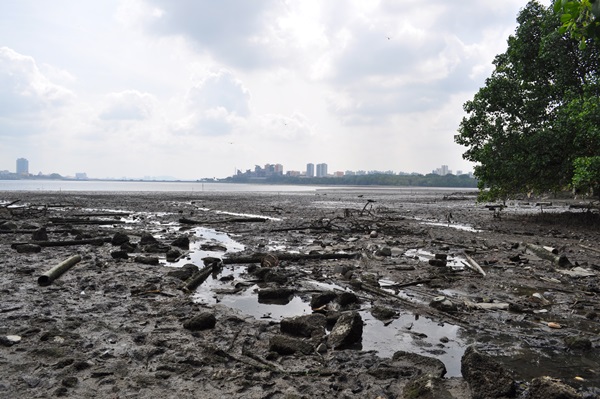
The Kranji mudflat is an example of a habitat where Mangrove Horseshoe Crabs reside.
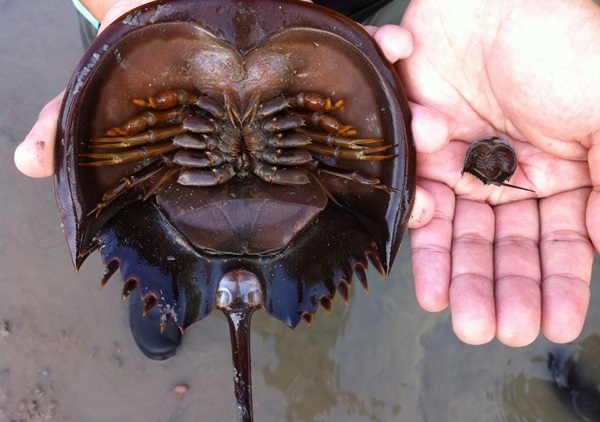
A display of size: an adult Mangrove Horseshoe Crab (left) next to a juvenile horseshoe crab.
Ecology
Horseshoe crabs play an important role in the ecosystem. The eggs of the horseshoe crabs are a source of food for migratory birds such as the Sandpiper (Actitis hypoleucos) and the Ruddy Turnstone (Arenaria interpres) when they stop over to replenish their fat deposits before continuing their long flight to their final destinations.
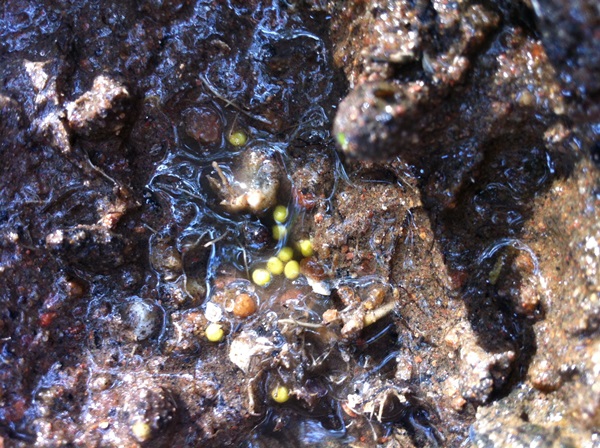
Newly laid horseshoe crab eggs are about 0.1 cm. That is just barely larger than the full-stop in this caption!
Studying the Horseshoe Crabs of Singapore
A six-month survey, Population Study of Horseshoe Crabs Carcinoscorpius rotundicauda and Tachypleus gigas in Singapore, was conducted from May to December 2013 by the author. The survey was organised by the National Biodiversity Centre to determine the population of horseshoe crabs in Singapore. A total of 18 sites in mainland Singapore were surveyed during low tide.
The objectives of this research are:
i. To determine the distribution of horseshoe crabs on the main island of Singapore
ii. To determine the abundance of horseshoe crabs in each site
iii. To determine population dynamics of horseshoe crab (e.g. the ratio of male : female; adults : juvenile horseshoe crab species found on site)
iv. To determine spatial distribution of horseshoe crabs within each transects
At each site, five transects were set up. The length and width of each transect is 20 m by 2 m.
After completing the search for horseshoe crabs within each transect, a visual search would also be conducted outside of the transect. If any horseshoe crabs were found, the species, size, sex and other details were noted down. All horseshoe crabs found were returned to their natural habitat after the details were recorded.
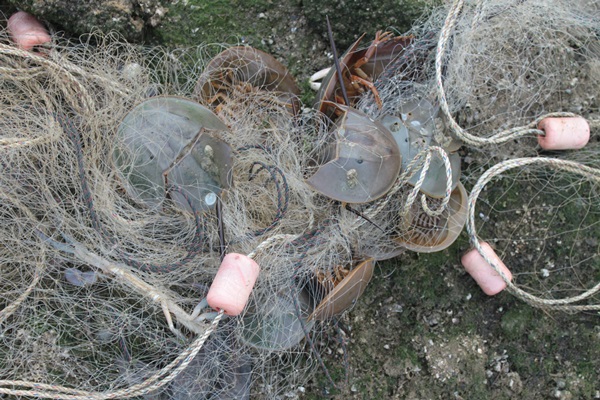
Mangrove Horseshoe Crabs (C. rotundicauda) trapped in an abandoned net. Horseshoe crabs found in these situations would be freed and the nets removed if possible.
Ensuring the long-term survival of these ancient animals.
With increasing urbanisation, mangroves, mudflats and sandflats get redeveloped which may potentially cause a decrease in the numbers of horseshoe crabs.
By conducting studies of horseshoe crabs, we learn where they can be found and identify the areas to protect, so as to ensure horseshoe crabs have a suitable habitat to live in. By protecting areas where horseshoe crabs are found, their long-term survival is better ensured.
Photos and text by Isabelle Lee Sok Hui
If you are interested in volunteering for conservation projects, please email henrietta_woo@nparks.gov.sg.



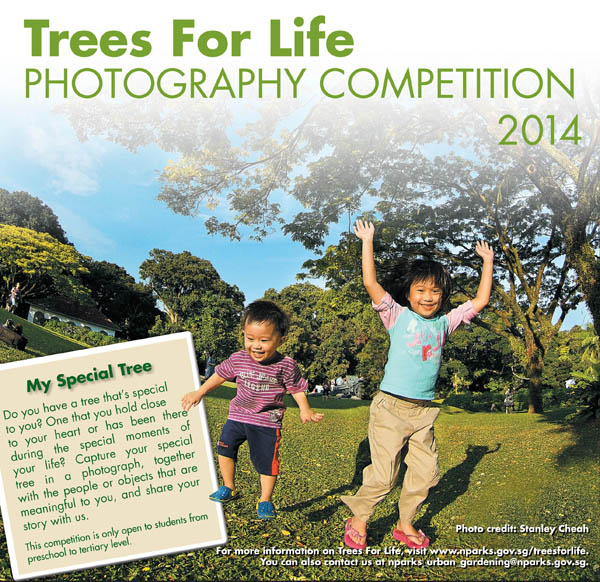
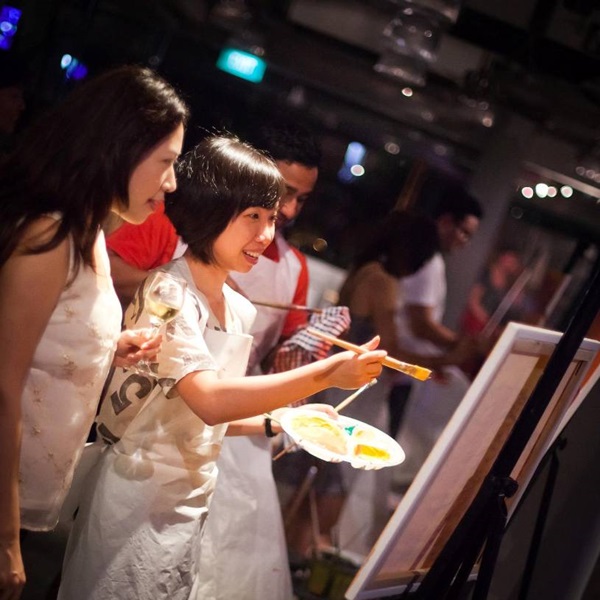
Have views or comments on this article? Let us know via this form. If you would like to give us feedback on any other areas relating to our parks and gardens, please submit via https://www.nparks.gov.sg/feedback